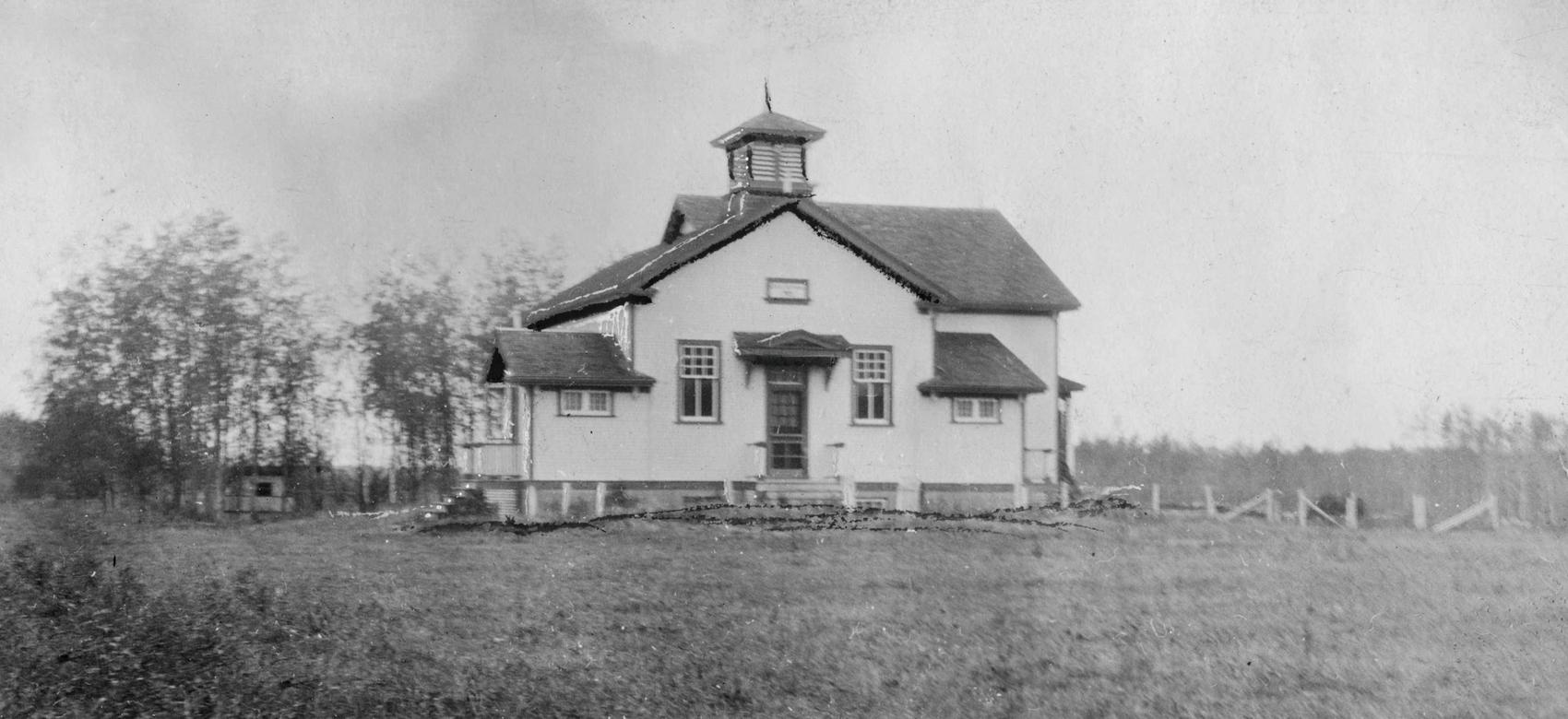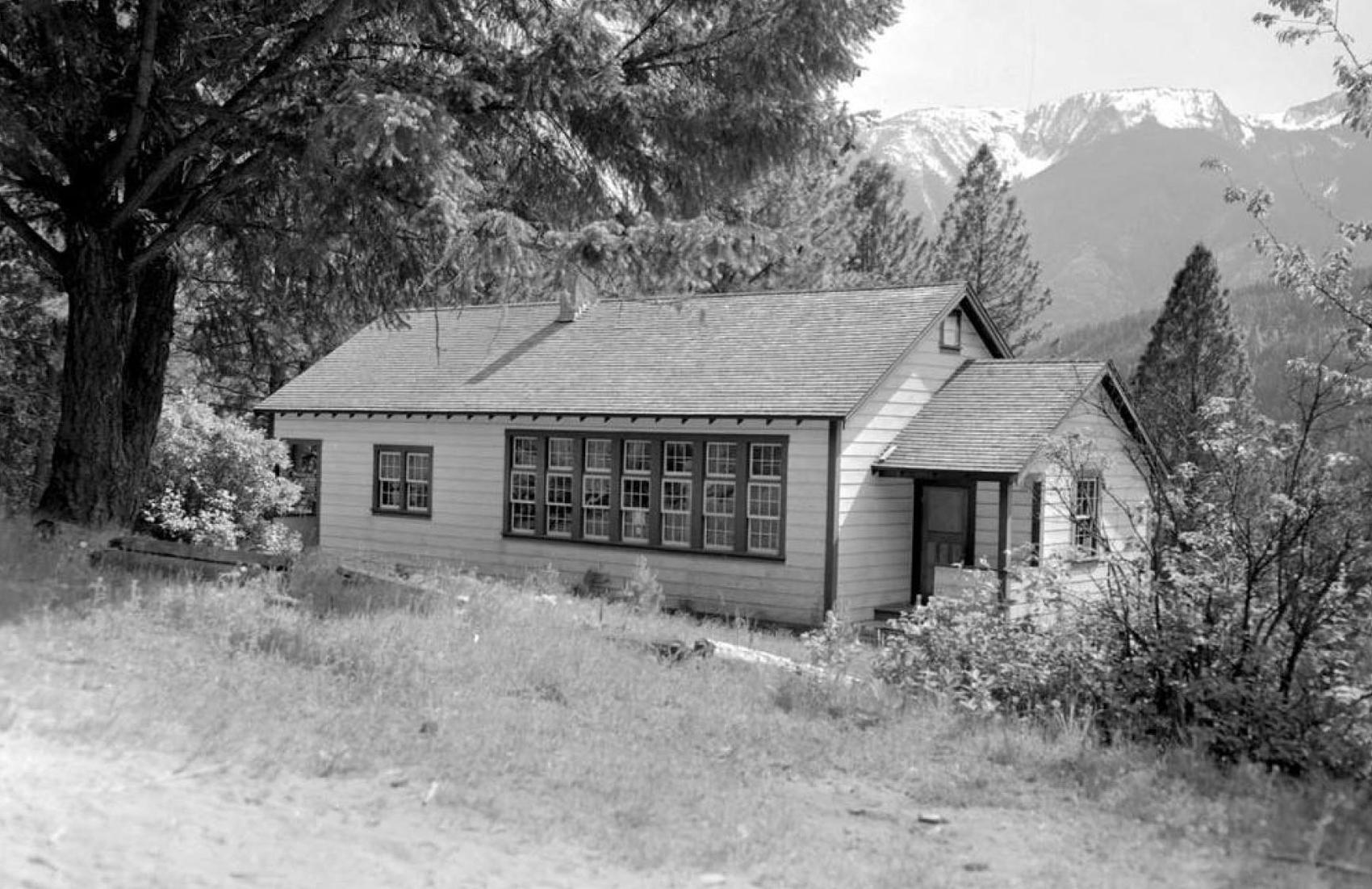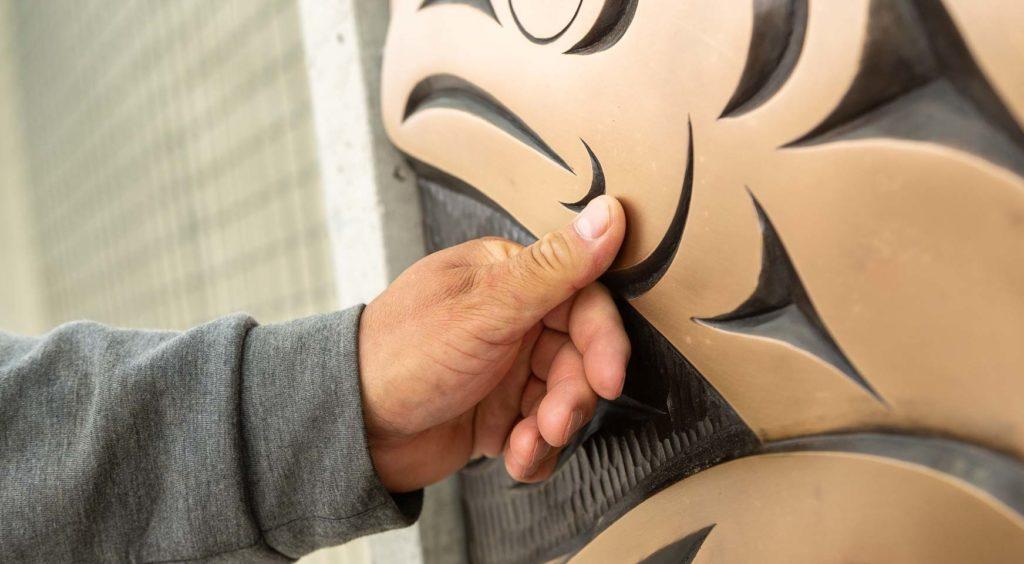What are Indian day schools? 3 things you might not know
By Zoe McDaniel

Like residential schools in Canada, Indian days schools were created to assimilate Indigenous children and eradicate their culture, language and community
Trigger warning: This article contains details about Indian day schools, residential schools and confirmation of unmarked graves that may be triggering for some readers. The Hope for Wellness Helpline is available 24 hours a day.
The dark reality of colonial violence in Canada has come to mainstream attention in recent years as Indigenous communities locate and begin recoveries of unmarked graves at the sites of former Indian residential schools and make efforts to bring home their children. However, many Canadians still do not have a full picture of the extent of colonial assimilation and genocidal systems in Canada.
Like residential schools, Indian day schools were created with the purpose of facilitating child-targeted assimilation—a term coined by Indigenous scholar Wahéhshon Shiann Whitebean—and of eradicating Indigenous language, culture and community connection in the process.
Here are three things you might not know about Indian day schools.
1. Federally funded Indian day schools operated for more than 150 years, from the mid-1800s until 2000
The Canadian government and Christian churches enforced Indian day schools on reserves. A total of 699 federally run Indian day schools operated in every province and territory, with the exception of Newfoundland.
Starting in the 1970s, the federal government began the process of transferring operational control of Indian day schools to Indigenous communities. The last federal Indian day school to be transferred to the rightful community was Oka Country school in Kanesatake, Quebec, which transferred on September 1, 2000. You can find a list of federal Indian day schools here [PDF].

2. An estimated 200,000 Inuit, Metis and First Nations children were forced to attend Indian day schools
In 1920, after an amendment to the Indian Act [PDF], the federal government legislated that Indigenous children between the ages of four and 16 must attend Indian day schools. Indian day schools initially preceded Indian residential schools and later ran in tandem with them. Like residential schools, day schools were used as tools of assimilation and cultural genocide by the federal government.
The children that attended day school were allowed to return home in the evening as they did not live at residential schools like their counterparts. However, they were also denied their culture and language, and were subject to the same forms of physical, psychological, emotional and sexual abuse.
3. Indian Day school Survivors are demanding justice and to be heard
Indian day schools were excluded from the Truth and Reconciliation Commission, as well as from the Indian Residential School Settlement Agreement of 2006.
On August 19, 2019, the Federal Court proceeded with a nation-wide Federal Indian Day School Class Action settlement (started by Garry McLean) to compensate Survivors for harms suffered while attending federally established, operated, maintained and controlled Indian day schools. The class action recognizes the 699 federally operated Indian day schools, but excludes as many as—or possibly more than—680 schools operated by other entities, such as provinces and territories, churches, First Nations, or Indian hospitals.
Learn how to participate in Orange Shirt Day on September 30
Zoe McDaniel is a communications and project assistant for UBC’s Indian Residential School History and Dialogue Centre. This article was published on September 7, 2022. Feel free to republish the text of this article, but please follow our guidelines for attribution and seek any necessary permissions before doing so. Please note that images are not included in this blanket licence.


